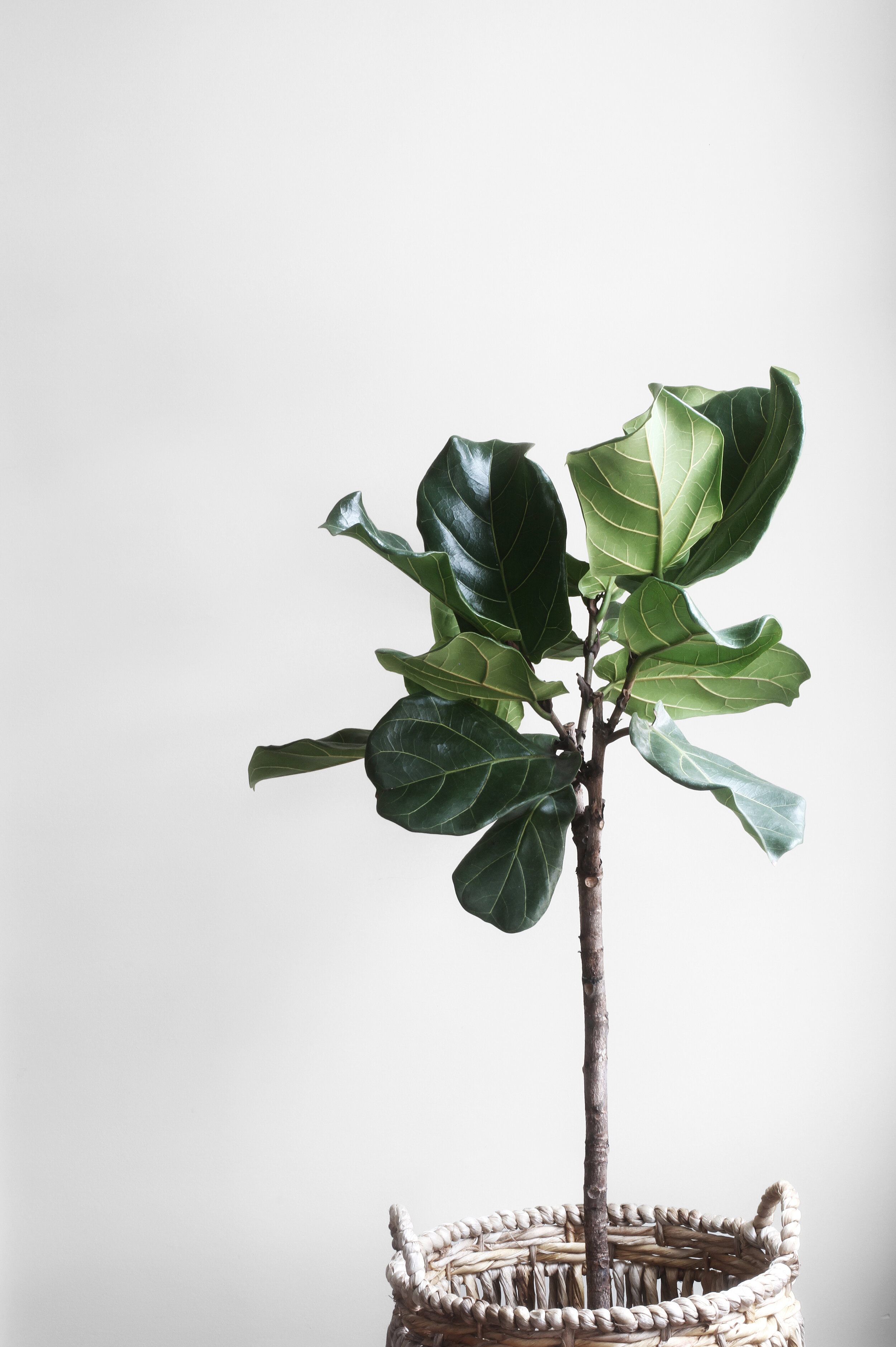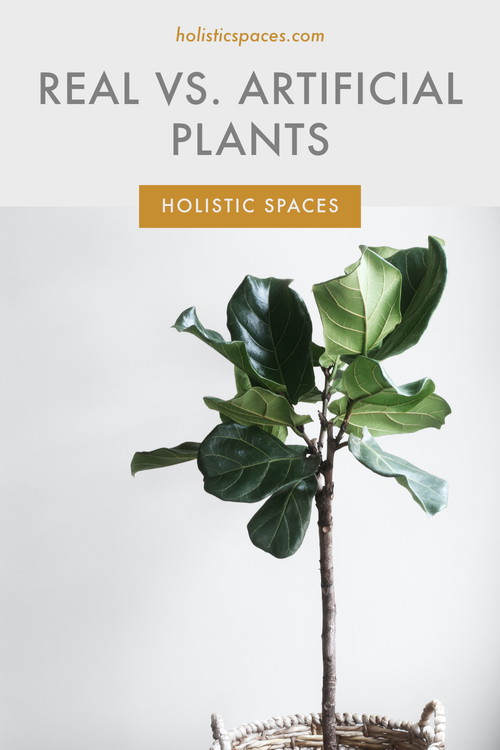Photo by Lasse Møller on Unsplash
I would really like to paint my formal front door red. However it’s in the career section of the bagua. Should I paint it this color or stick to water element colors? Thank you so much for all that you do. I love listening to you and Laura on the Holistic Spaces podcast.
- Adrianne P., Yuma
Thank you for listening to our podcast, and for your question!
In general, red is a great color, and one of the best colors to paint your front door. It’s one of the most auspicious colors in feng shui, and it represents fire, life energy and vitality. It also attracts attention; if you walk down the street and see a red door, it’s really noticeable. The same applies for a person who walks into a room wearing a red dress or red lipstick.
The career area is related to your path in life, the water element, and the color black. You might be worried that painting your door red in this area will burn up all your water. That’s one way to look at it, but incorporating the fire element into your career area isn’t necessarily a bad thing. It depends on your intention.
Directly across from the career area is the fame and reputation area, which is associated with fire energy and the color red. Because these two areas are opposites on the bagua, you can actually use them in tandem with each other. By using red in your career area, you’re bringing together fire and water, yin and yang. You’re inviting more passion, inspiration, and recognition into your career. If your intention is to bring more of these things into your career, then painting your door red can be really helpful.
If you already have a lot of fire energy, you may want to stick with water element colors, like black. Adding the water element to your career area can attract more social networking, connections, and wisdom, which can also be really helpful--it all depends on your situation and what you need.
Thanks again for your question Adrianne, I hope that helps!
If you have a question is more specific I can answer in a blog post, I hope you’ll join us for our next Practical Feng Shui class where you can get one-on-one feedback on your own floor plan!
by Anjie Cho
Thanks for reading our "Q&A Sunday". We will be answering questions submitted by our readers. Click here to submit any Feng Shui questions!
If you’d like to learn more about feng shui check out the Mindful Design Feng Shui certification program. Laura Morris and I launched our program in September 2018. To get on the list about it, sign up at: www.mindfuldesignschool.com.
Dive deeper into feng shui to transform your life!
Mindful Design is a new way to learn feng shui. Create sacred spaces that support, and nourish.
Visit us at mindfuldesignschool.com







